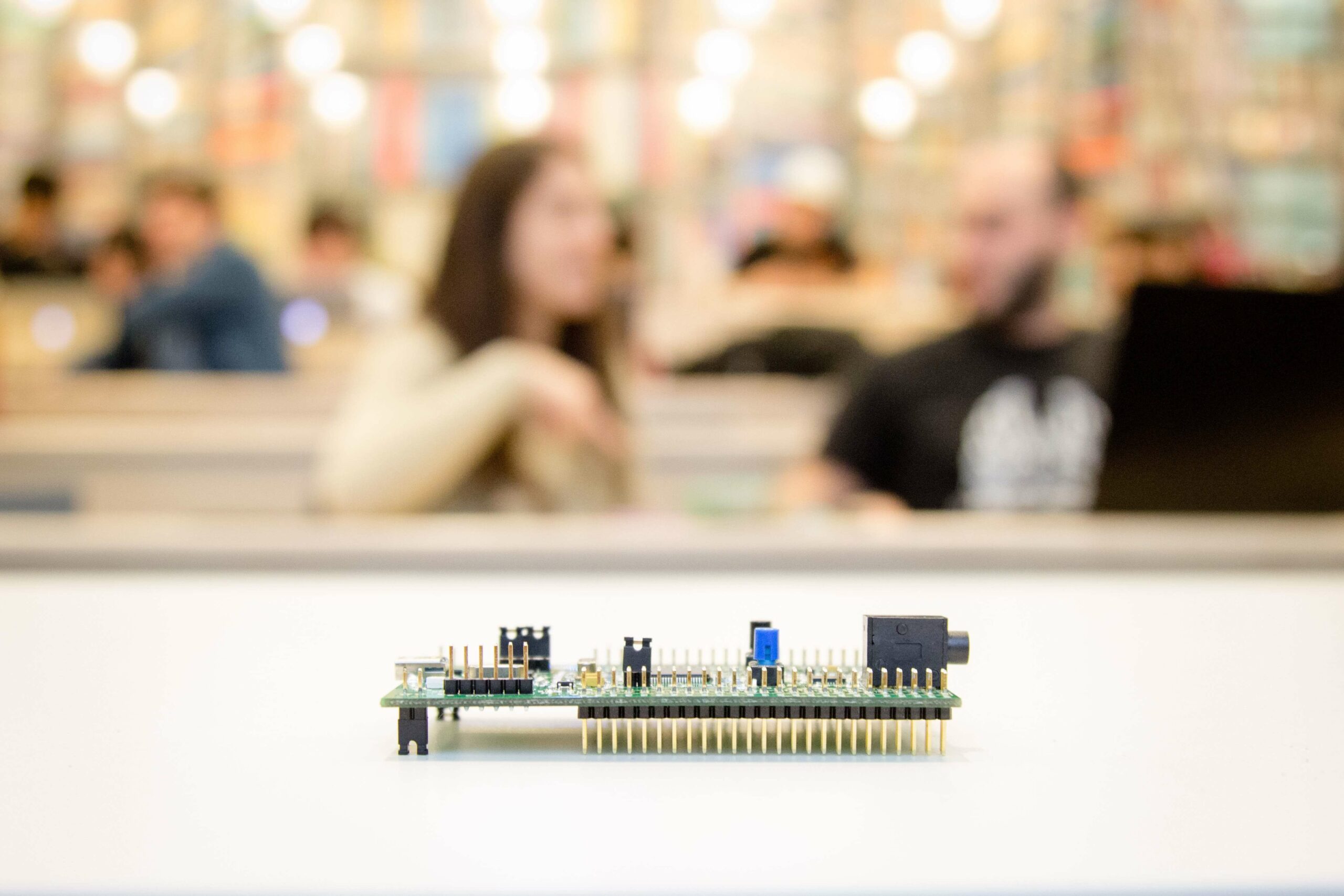Update: Kvaser has released the updated Kvaser Memorator Light HS v2. For more information, click here.
News
Caltech Goes Racing With Kvaser On-board

There’s nothing like hands-on experience, and getting your hands dirty once in a while. The Formula Student Competition is about just that – giving students a chance to test their theoretical knowledge, alongside practical skills such as project management and team working. And perhaps never before in the history of Formula Student has there been as much opportunity for this theoretical knowledge and practical experience to transfer so freely into real-world vehicle applications, as with today’s Formula SAE Electric Collegiate Design Competition.
In June 2016 Caltech’s Sustainable Vehicle Club, which was founded in Autumn 2014, will represent the University for the first time at the Formula SAE Electric event. The club has set itself the mission of transforming two go-carts into EVs – one battery powered and the other a fuel cell vehicle. With just a year to design and build a rules-compliant race car, rather than the 2 years taken by most teams, the Caltech team has a sizeable task before it.
Caltech Racing’s team is split into four subteams: Mechanical, Energetics, Operations and Support. Santiago Navonne, who’s studying for a degree in Electrical Engineering, is Energetics Division Lead. According to Navonne: “We spent our first term exploring the project, identifying requirements and laying out a complete design. For most of us, this is the first project of this magnitude and level of complexity, and as our team grew from 7 people to 70, we had to reorganize the team structure. The goal was to ensure that everybody had a thorough understanding of the component they were designing, but also how that fit into the vehicle as a whole.”

Controlling the Communication
CAN provides the foundation for the Caltech Racing car’s communication system. Navonne recounts: “On the electrical side, our vehicle uses a fairly distributed system architecture, in which a control core receives and sends information to a number of modules spread out across the vehicle. Integrity of the communication between all devices is vital, which is why CAN was the ideal choice. We use two CAN networks, one for messages between devices fully designed by us (allowing us to use a completely customized messaging protocol), and one for off-the-shelf devices like the motor controller and battery management system.”
''It is imperative that this system be very reliable, as it needs to function when anything (or everything) else fails; Kvaser’s devices accomplish this beautifully.''
Kvaser is supporting the Caltech Racing team with a Kvaser Blackbird Wifi to CAN interface and a Memorator Light HS standalone datalogger, which will be used in two separate stages of the project. According to Navonne: “During development, we use them for bring-up, troubleshooting, and quality assurance of our design, ensuring specifications are met. The devices will then be installed on the vehicle for testing in the field, providing us with a way to monitor the vehicle’s status in real time, and at the same time saving that information to permanent storage for failure analysis. It is imperative that this system be very reliable, as it needs to function when anything (or everything) else fails; Kvaser’s devices accomplish this beautifully.”
As it stands, the first revision of the design for each component, and how they fit with one another, is complete. Says Navonne: “Each component is being prototyped individually, and we expect to have a working version of all parts by mid-February. The vehicle will then be assembled from all the individual components through mid-March; this will leave three months for testing and revisions, which puts us on track to be ready for race day in June.”

Acknowledging Caltech’s previous lack of participation, Navonne said: “Caltech is known for excelling at science and theoretical research, and while its name is known to engineers, the Institute’s interactions with industry have always been weaker. The decision to participate in this competition, while supported by Caltech faculty, was driven by students entirely.” So why now and why this competition, begs the question. “The answer is really a combination of finding the right people at the right time: a group of students with a passions for cars and engineering willing to undertake an incredibly ambitious challenge, at a time when electric vehicle research and design is finally making a strong appearance in the industry,” enthuses Navonne.
As these students attest, the fast developing market for sustainable vehicle technology means that for all involved, sponsors included, it really is the taking part that counts.
 linkedin
linkedin twitter
twitter youtube
youtube youku
youku weixin
weixin